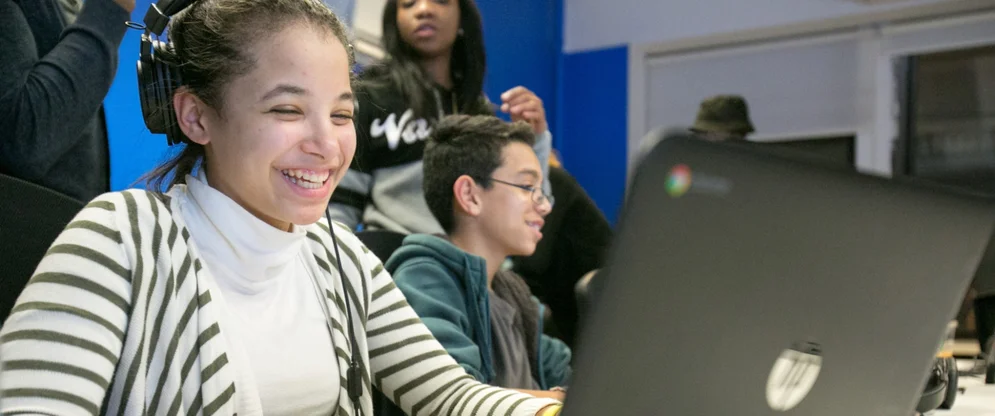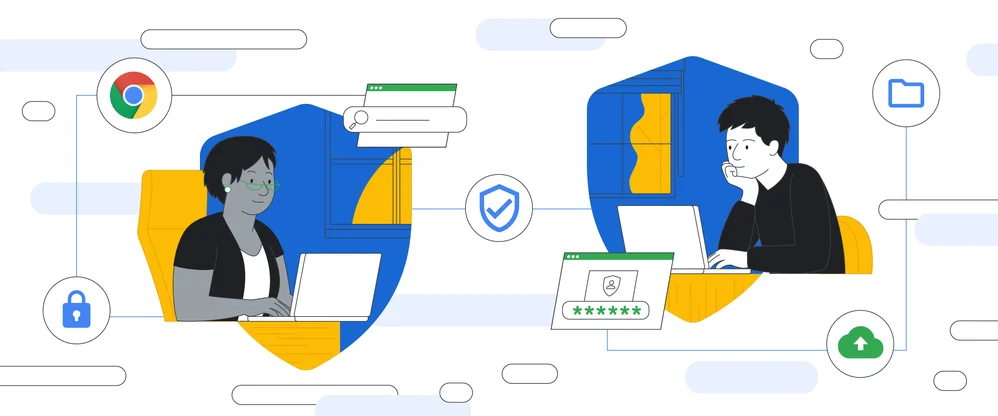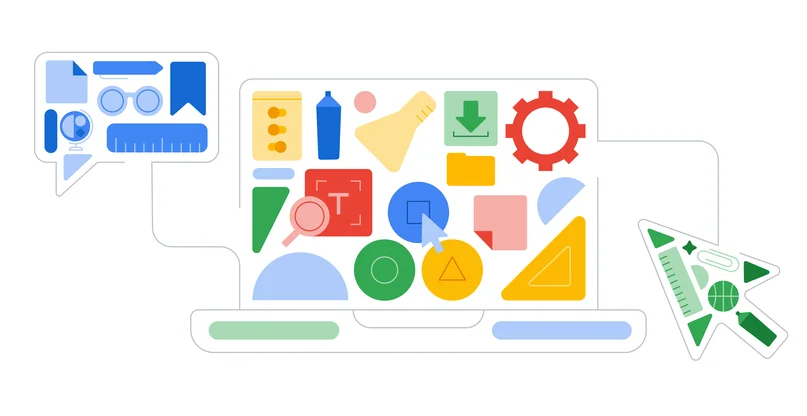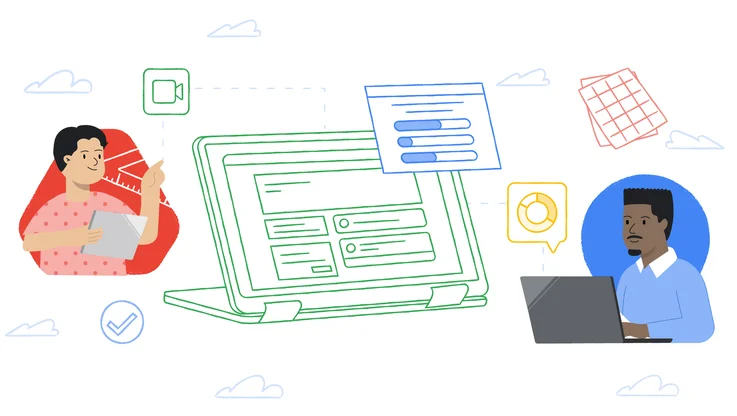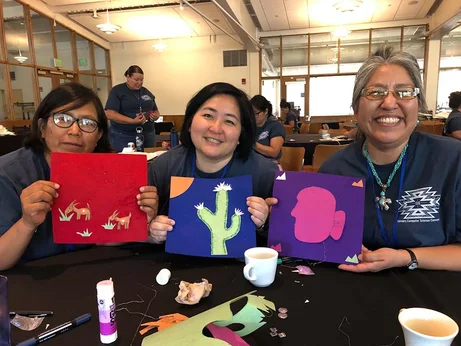Our commitment to learning and 50+ new education features
Learning is at the heart of what Google does. Every day more than a billion people come to Google to find answers or discover something new. Our Learning & Education team works to fuel that curiosity and help people build knowledge by connecting them to great learning experiences through our products — whether it's Search or YouTube, Google Classroom or Chromebooks.
After spending more than 20 years building Search, I recently started leading this team and working alongside Avni Shah, a 17-year Google veteran who leads Google for Education. Google for Education is all about bringing the best of Google to education — a goal we’ve been focused on for over 15 years. During the pandemic, people turned to technology more than ever to help them learn and teach from anywhere. While this hasn’t changed our mission, it’s accelerated our desire to do even more with our technology to help.
Over the past year, the education community has inspired us with their creativity and resilience, while always remaining focused on their students. Today, we’d like to share our commitments to this community and a glimpse into some of the 50+ new features across our education products that we hope will support even more learning. To get the full scoop on these announcements, tune in to Learning with Google, our global event streaming in 15 languages where you’ll hear a lot more directly from our team.
First, we want to enable every leader to bring innovation to their schools and universities, and give them the peace of mind that they’re investing in products that are secure and flexible to their needs.
The next era of G Suite for Education, Google Workspace for Education, offers leaders more choice and control.
New tools are coming to Classroom, including advanced analytics to help admins better understand usage and roster sync to save them time setting up classes.
New features coming to Meet give educators more visibility and control, including the ability to set policies for who can join their school’s video calls.
In Chrome OS, we’re debuting more than 40 new Chromebook models built for education, with information on how to choose the right ones for each schools’ unique needs, and over 500 Admin Console policies that will help manage and optimize Chromebook fleets.
For schools looking to understand student needs and scale support across digital and in-person learning, Google Cloud Student Success Services provides a range of options.
Secondly, we’re committed to building technology that empowers every educator. With simple, assistive tools, teachers can focus on what they do best: helping students reach their full potential.
Classroom add-ons, which are coming later this year, let teachers integrate their favorite third-party tools and content directly into the Classroom interface. They’ll also have easier access to engagement tracking to better understand how students interact with class and see who is falling behind.
We’re giving teachers more control over their virtual classrooms with new Google Meet features, including the ability to end meetings for everyone and the option to quickly mute everyone all at once.
We’re building a screen recording tool right into Chrome OS so teachers and students can capture instruction in real-time in the classroom and at-home.
We also strive to equip every student with the tools and skills they need to be successful. This means focusing on inclusivity and accessibility, so we can meet students wherever they are.
Later this year, we’ll add features for uploading pictures of paper assignments as well as making the Classroom Android app work offline so students can download their assignments and complete them without relying on a steady connection.
Emoji reactions in Meet are coming this year, giving students lightweight, non-disruptive ways to engage. Meet will also work better if you have low bandwidth, so students with weaker internet connections can stay on track.
Plus new accessibility features, like color cursors on Chromebooks and Switch access, let students learn with tools that suit their needs.
And finally, we commit to evolve every day through listening to and learning from the experts: the people that use our products. Yesterday’s magic quickly becomes today’s expectation. So as technology advances and improves, we’ll make sure it’s reflected in the tools we build for education.
Despite unforeseen obstacles and unknowns, teaching and learning continued over the past year. That’s all thanks to the heroic efforts of the education community — from teachers and education leaders to students and their families. We look forward to working together to reimagine learning and push the boundaries of what is possible, so that everyone has access to the quality learning experiences they deserve.




